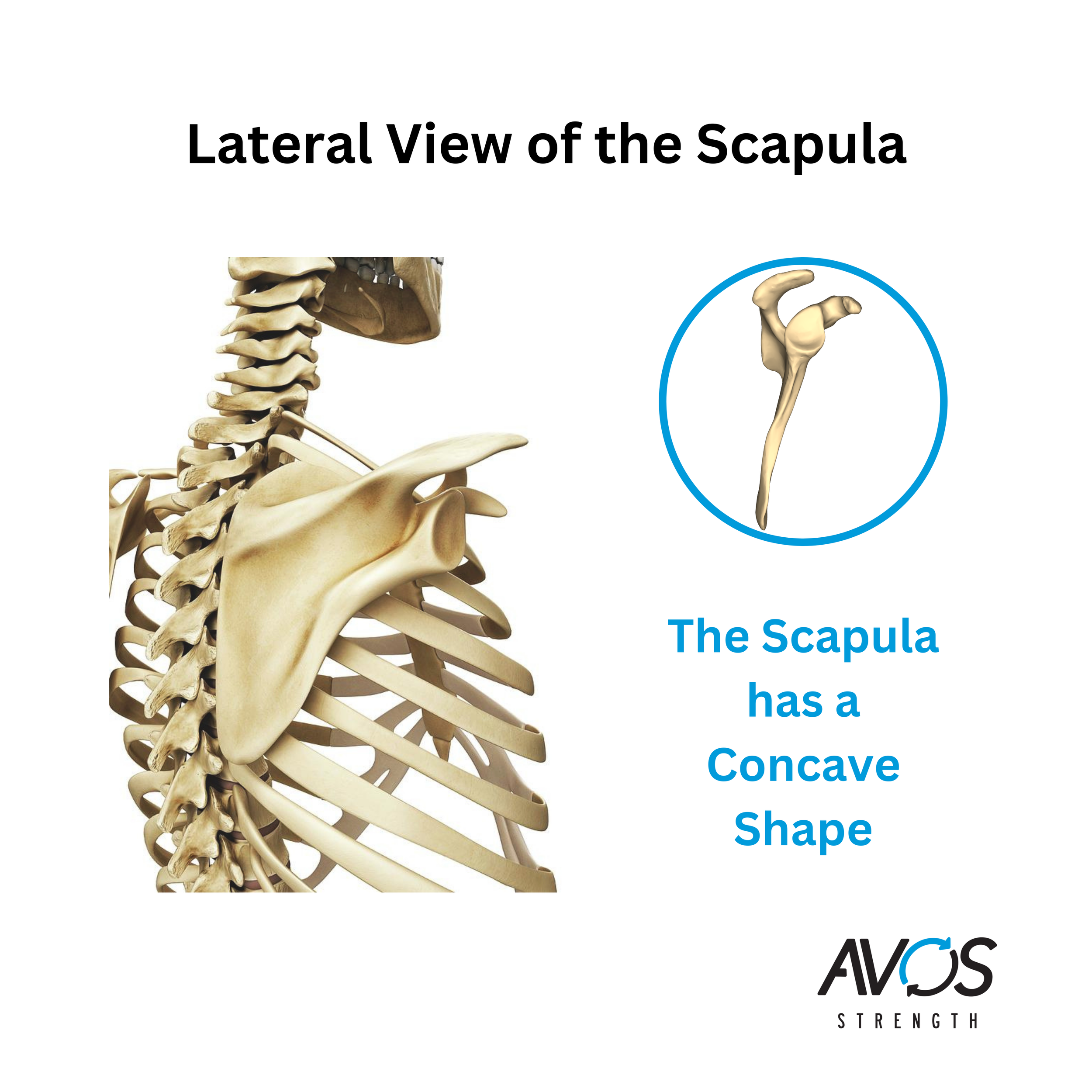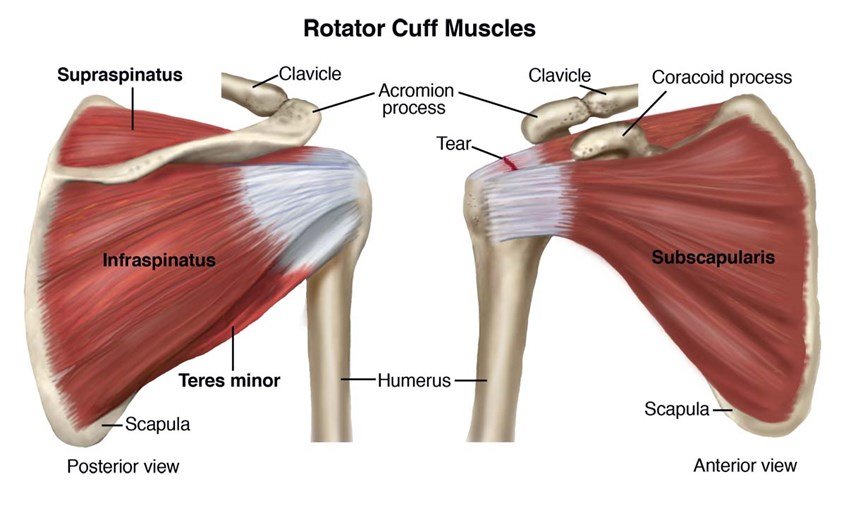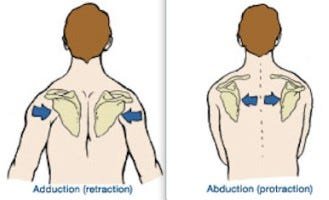If you’re a woman in your 30s, you’ve likely started to hear the term “muscle loss” more often—and for a good reason. Beginning in your 30s, women can lose about 3-5% of muscle mass per decade if they’re not engaging in strength training. This decline, known as sarcopenia, doesn’t just affect your ability to stay active but also impacts your metabolism, bone density, and overall quality of life. So let’s talk about why lifting weights and building muscle is one of the best things you can do for your body and your long-term health.
What Does It Mean to Build Muscle?
Building muscle isn’t about looking bulky—it’s about preserving and enhancing your lean body mass. Muscle is metabolically active tissue, meaning it burns calories even when you’re at rest. The more muscle you have, the more energy your body uses throughout the day, which can make it easier to manage body fat levels. Additionally, having more muscle mass supports joint health, improves posture, and helps you maintain independence as you age.
Why Muscle Loss Matters
Starting in your 30s, your body naturally begins losing muscle mass unless you actively work to maintain or build it. This decline can:
Lower your metabolism: Less muscle mass means fewer calories burned at rest.
Increase fat storage: Without strength training, your body composition can shift toward higher fat percentages, even if your overall weight doesn’t change.
Impact daily function: Everyday tasks like carrying groceries or playing with kids can become harder.
Weaken bones: Muscle-strengthening exercises stimulate bone growth, reducing the risk of osteoporosis.
The Science Behind Strength Training
Research consistently shows that strength training is one of the most effective ways to combat muscle loss. Unlike cardio, which primarily burns calories during the activity, strength training creates a lasting metabolic boost through a process called excess post-exercise oxygen consumption (EPOC). This means your body continues to burn calories as it repairs and rebuilds muscle tissue after your session.
The Misconceptions About “Toning”
Many women express a desire to “get toned,” but what does that really mean? “Toning” is simply a combination of building muscle and reducing body fat to reveal that muscle. To achieve this, you need to lift weights with enough intensity to stimulate muscle growth and follow a consistent, progressive program. Activities like switching up workouts every week or focusing solely on cardio won’t build the muscle needed for that “toned” look.
Benefits of Building Muscle for Women in Their 30s
Improved Metabolism: More muscle mass means your body burns more calories throughout the day.
Fat Loss: Muscle tissue uses energy, helping you burn fat more efficiently.
Bone Health: Weight-bearing exercises strengthen bones and reduce the risk of osteoporosis.
Hormonal Balance: Strength training can improve insulin sensitivity and regulate other hormones tied to stress and metabolism.
Mental Health: Lifting weights has been shown to reduce anxiety, improve mood, and boost confidence.
Longevity: Strength training supports better balance and mobility, reducing the risk of falls and injuries as you age.
Common Mistakes That Sabotage Progress
Going Through the Motions: Lifting without intention or intensity won’t challenge your muscles enough to grow.
Chasing the Burn: Prioritize progressive overload (gradually increasing weights, reps, or sets) over just “feeling the burn.”
Skipping Rest Periods: Adequate rest between sets allows you to lift heavier, which promotes muscle growth.
Not Tracking Progress: Without tracking, it’s hard to measure improvement or identify areas to adjust.
Inconsistent Programming: Random workouts won’t deliver the same results as a structured plan.
How to Build Muscle Effectively
Lift Heavy: Don’t be afraid of heavier weights. Training close to failure (when you can’t do another rep with good form) is key.
Progressive Overload: Gradually increase the challenge by adding weight, reps, or sets over time.
Consistency: Stick with a program for several weeks to master exercises and track improvements.
Nutrition Matters: Fuel your body with enough protein and carbs to perform well and recover effectively. Aim for about 0.7-1.0 grams of protein per pound of body weight daily.
Rest and Recovery: Sleep is essential for muscle repair and growth. Aim for 7-9 hours per night.
A Plan for Your 30s and Beyond
By incorporating strength training into your routine, you’re not just building muscle—you’re investing in your future health. Focus on compound movements like squats, deadlifts, presses, and rows that target multiple muscle groups. Combine these with accessory exercises to address specific areas, and don’t forget to celebrate your progress along the way.
If you’re unsure where to start, consider working with a coach to create a tailored program. At Avos Strength, we specialize in helping women build strength and confidence with evidence-based training plans that fit your lifestyle. Let’s take the guesswork out of your training and help you build a stronger, healthier you.
Ready to lift? Let’s get started!











